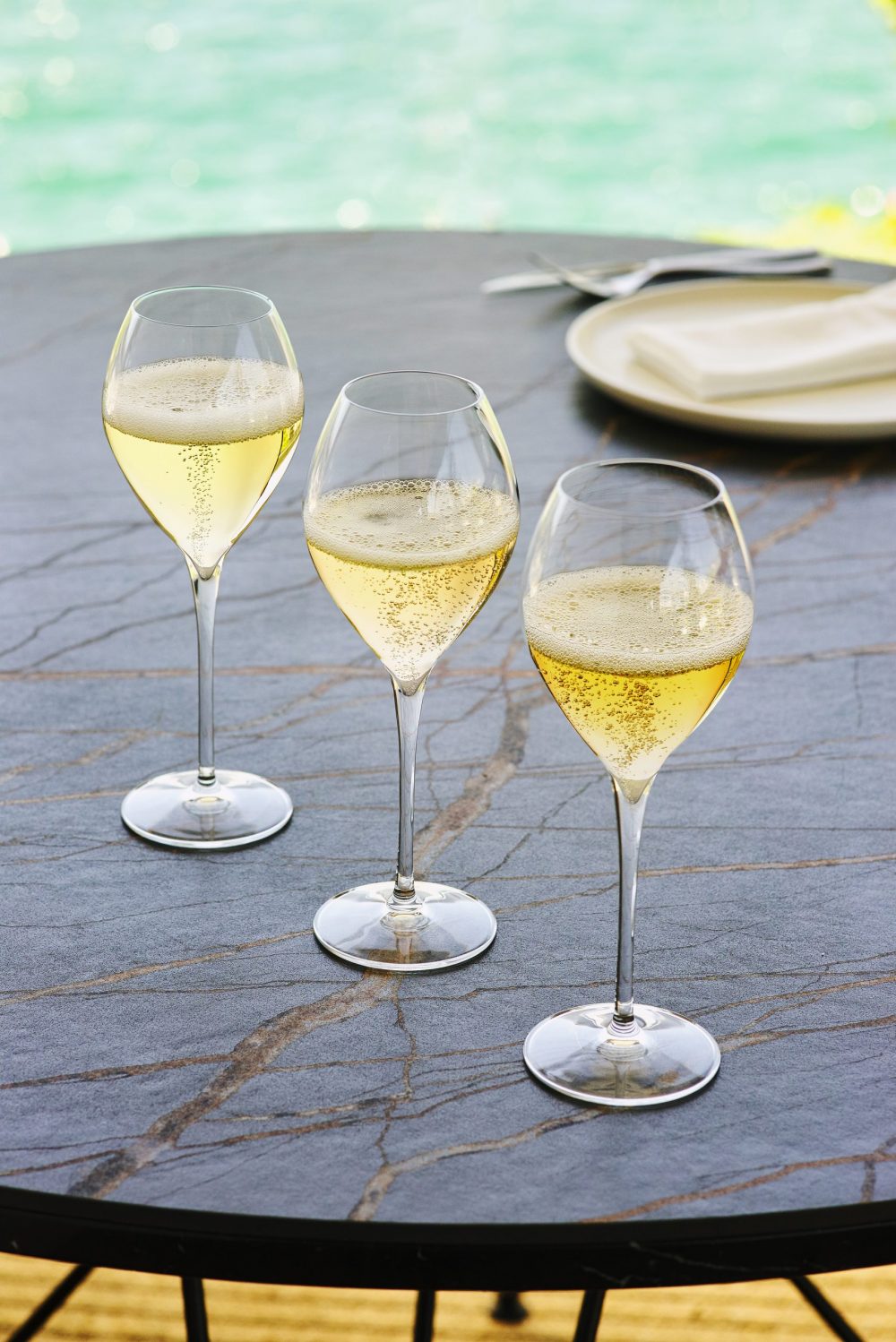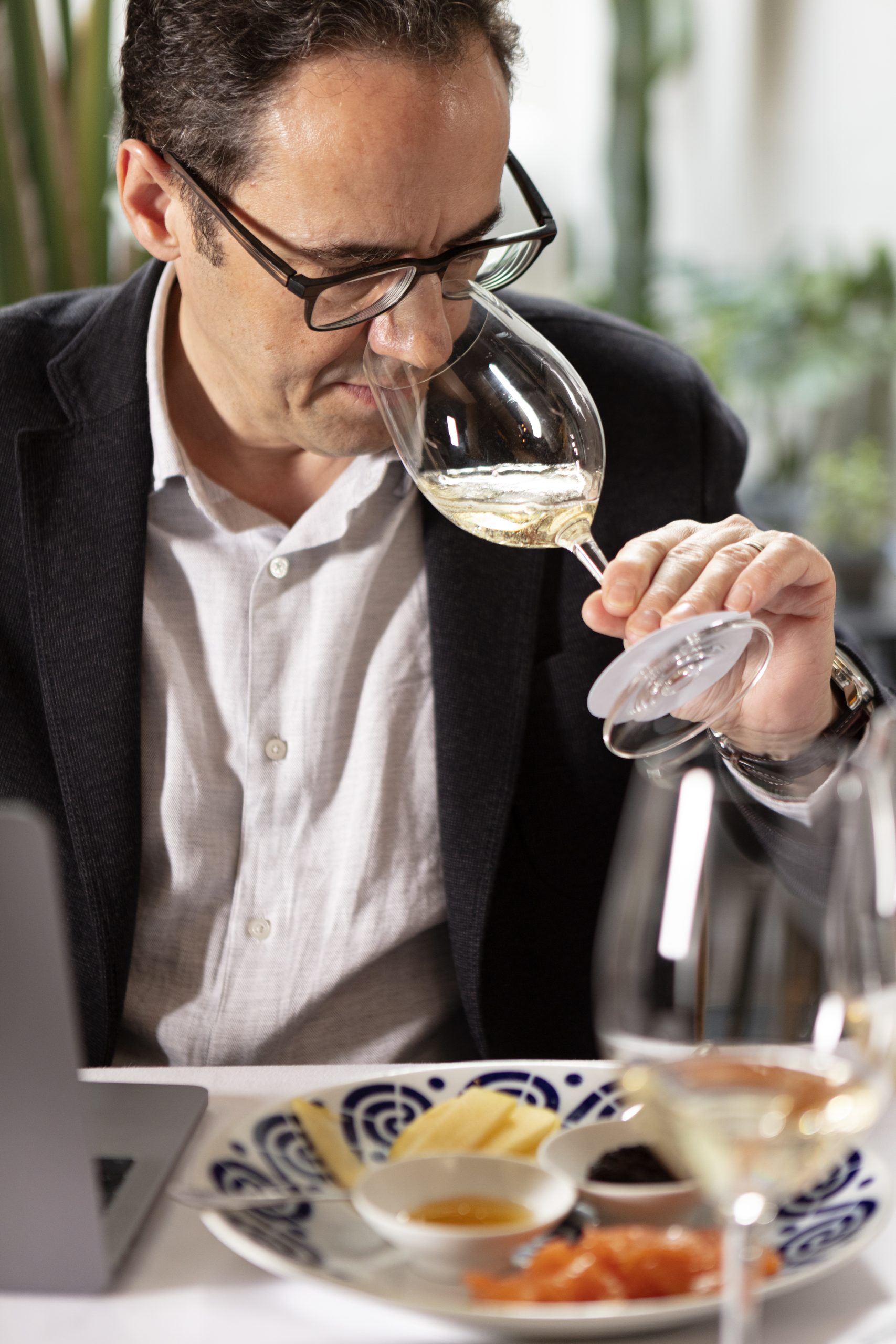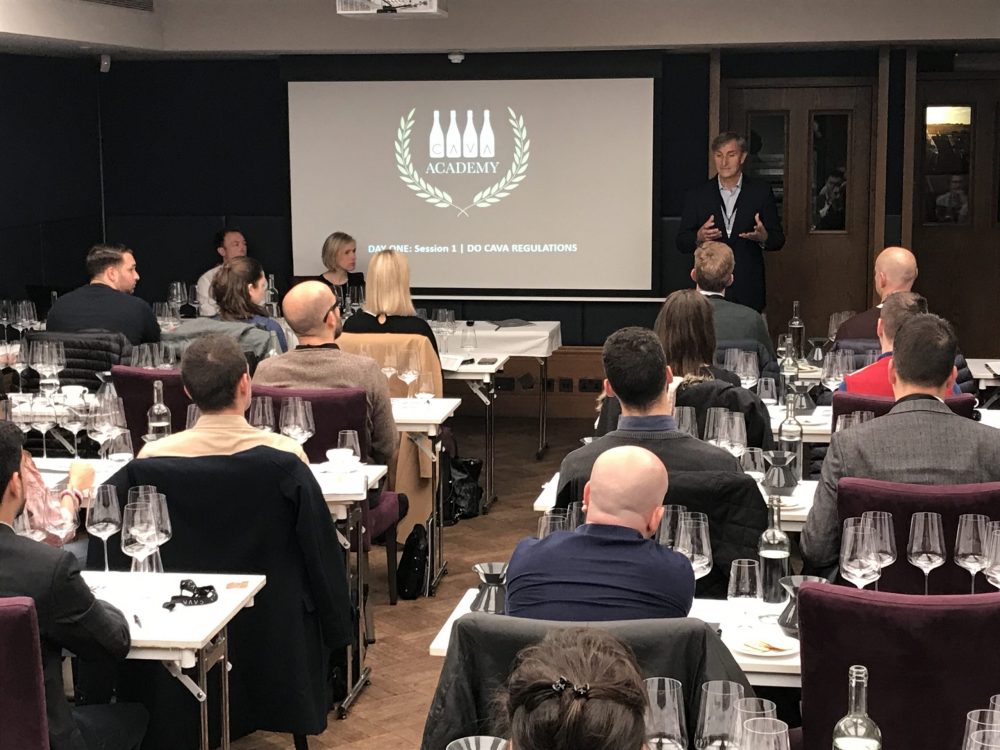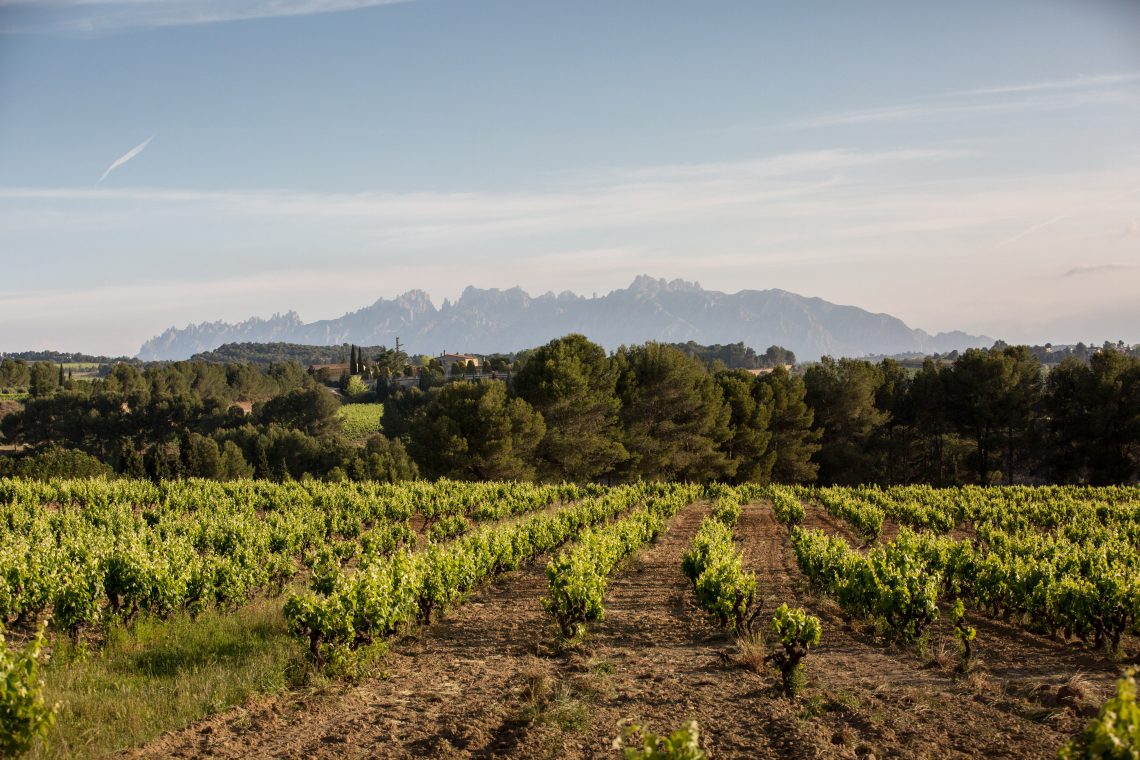The Wolf Post, supported by a Cultural Association, offers a professional service with free access, without subscription.
For this reason, a donation would also be a sign of appreciation for our work.
Cava, a Spanish sparkling wine, is the result of the creativity of a group of producers and winemakers who, in the mid-nineteenth century, after the hard test of phylloxera, decided to start over.
All this, was born in a small place, with a great wine making tradition, with three white grapes such as: Macabeu, Xarel-lo and Parellada. A trilogy that defines and differentiates this sparkling wine, baptized over the years with the name Cava.
In 1872, Sant Sadurní d’Anoia produced the first bottles, made following the traditional method and the second fermentation in the bottle.
In 1959, the word Cava appeared for the first time in an official document that would become the first Spanish legislation for sparkling wines. The Cava region is legally constituted and the name is reserved to describe quality sparkling wines obtained with the traditional method.
In 1991, with the Ministerial Provision of 14 November 1991, the current Regulations for the Designation of Origin Cava and its Regulatory Council were approved.
Let’s find out more from the words of Patricia Correia, Director of Communication D.O. CAVA.

©D.O. CAVA
Since the birth of the D.O. CAVA, which goals have been achieved and which remain to be achieved?
Showing the uniqueness of Cava and ensuring its prestige are two of the goals set out in the strategic plan in its segmentation and zoning sections, which will contribute to differentiating the highest quality Cavas and identifying the origin of each wine, values that have always been linked to the spirit of Cava and that the Regulatory Council wants to transfer to the minds of consumers.
Another of the goals for the future is to position Cava as a wine that harmonizes with practically any gastronomy in the world, for which the Regulatory Council has signed an agreement with the world’s leading authority on taste harmonies, François Chartier.

©D.O. CAVA
What are the peculiarities of the territory and its wines?
The diversity of the production areas with different microclimatic, landscape and human conditions allow us to offer different styles, grape varieties and aging times, making Cava suitable for a wide range of occasions. Its nine grape varieties and proximity to the Mediterranean give Cava a unique identity, distinguished by an optimal balance between acidity and Mediterranean fruit.
Among the services implemented to promote the dissemination of the D.O.CAVA, Cava Academy is one of the most important. What is it about?
It is with great pride that we evolve the concept of the CAVA Academy program, founded more than 4 years ago, and this year we will open the opportunity to carry out an advanced certification in the Cava region in a face-to-face format, to train professionals from the world of wine and lovers of the cava. The goal is to deepen the knowledge of Cava by generating an important community of Cava ambassadors from all over the world.
Can you briefly describe the areas of cultural and wine tourism interest in the D.O. CAVA?
There are countless cultural and wine tourism activities that serve as a good complement to any visit to the region. The more than 300 associated wineries offer different proposals for activities from tastings, to visits to the cellars and walks through the vineyards, among others. We leave you in this link some proposals not to miss:
https://www.cava.wine/es/descubre/enoturismo-cava/visita-penedés/

©D.O. CAVA
What is François Chartier’s study on the D.O. CAVA?
After extensive field work, the aroma specialist and “Créateur d’Harmonies” François Chartier has managed to carry out this fantastic scientific work for the first time in which he demonstrates that Cava is the best ally of gastronomy and combines perfection with an infinity of flavors from around the world. After carrying out an extract of the different general aromatic profiles of four different types and styles of Cava (Traditional, Reserve, Gran Reserve and Cava de Paraje Calificado), Chartier continued with an analysis of the main dominant molecules for each of them through its aromatic science of “molecular harmonies”, demonstrating that Cava is the best ally of gastronomy and combines perfectly with an infinity of flavors from around the world.
Why is Cava so special?
Its careful production method, its high level of quality capable of competing with the best sparkling wines in the world, the variety of styles with a selection of native grapes from a total of 9 different varieties and its high power of pairing with different cuisines from around the world.








